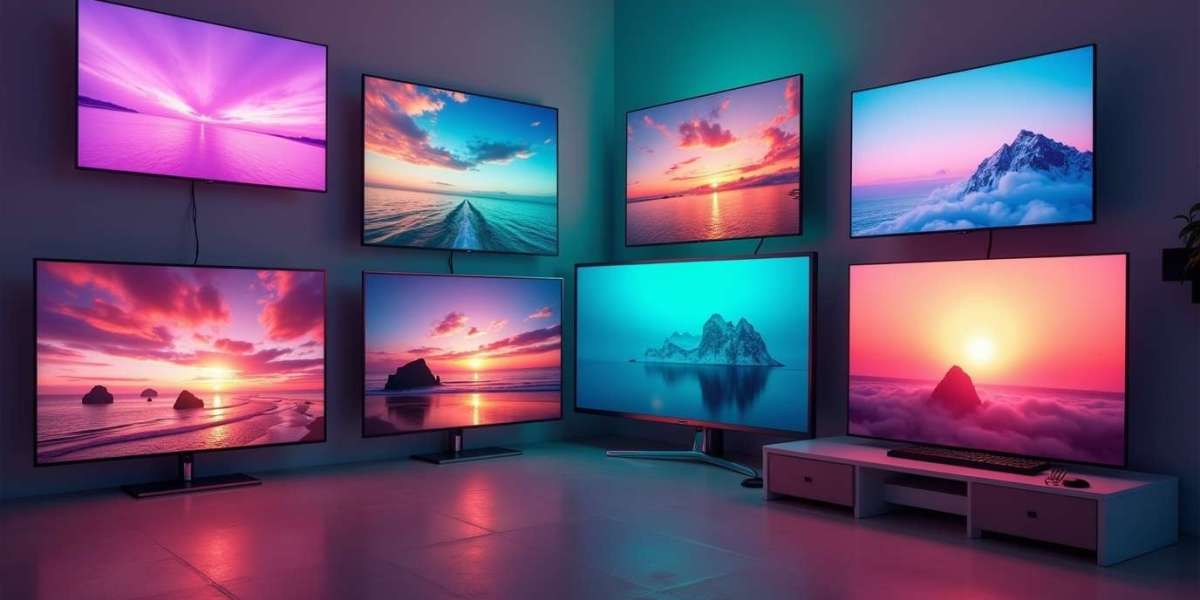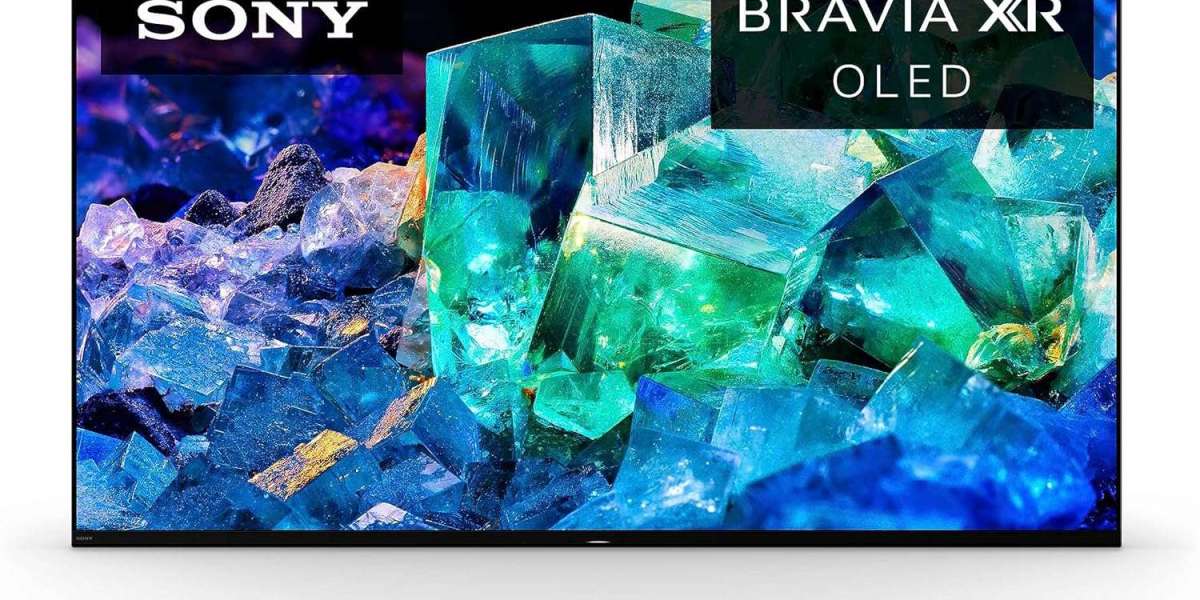Ultimate TV Buyer's Guide: LCD, Mini LED, OLED, Micro LED, and RGB Mini LED
With the range of technological advancements in the world of televisions today, it's easy to get confused when on the hunt for the perfect TV set. This comprehensive buyer's guide will help you understand and choose between different types of televisions, including LCD, Mini LED, OLED, Micro LED, and RGB Mini LED.
LCD TVs (Liquid Crystal Display)
LCD televisions have been around for a while and are still very popular due to their affordability and comprehensive range. The main components of LCD TVs are the liquid crystals that modulate light, enabling your TV’s pixels to create a vibrant image on the screen.
However, LCD panels do not produce their own light and have to be edge-lit or backlit by another light source, usually LEDs (Light Emitting Diodes). This can sometimes result in uneven lighting, with certain parts of the screen appearing brighter than others.
Mini LED TVs
A recent advancement in TV technology is Mini LED. Like an enhanced version of standard LCD TVs, Mini LED TVs use a similar liquid crystal technology for their display but replace the regular LED backlighting with thousands of smaller LEDs.
This change offers several advantages, including enhanced brightness, more control over local dimming, and better contrast levels. This basically means that your TV will be brighter, and the images will pop out more, giving you a better, more vivid viewing experience.
OLED TVs (Organic Light Emitting Diode)
OLEDs represent a significant leap in TV technology. Unlike LCDs, OLED pixels produce their own light when an electric current is passed through them. This means they can turn on and off individually, resulting in true blacks, infinite contrast ratios, and excellent color reproduction.
OLED TVs also boast great viewing angles and fast refresh rates, making them suitable for fast action in sports or gaming. However, they are generally more expensive than LCD or Mini LED TVs, and there are concerns about screen burn-in over time.
Micro LED TVs
Micro LED TVs, as the name suggests, use micro-sized LEDs to light up the screen. Each LED functions as its pixel, creating light and color in a similar way to OLED televisions. This allows them to deliver fantastic contrast ratios, deep blacks, and impressive brightness levels.
Being inorganic, they are also less susceptible to burn-in compared to OLEDs and are speculated to have a longer lifespan. As of now, Micro LED TV production costs are high, but as the technology matures, we can expect more affordable options in the future.
RGB Mini LED TVs
RGB Mini LED TV is essentially a Mini LED TV but instead of white LEDs, it uses smaller red, green, and blue LEDs for backlighting. This paired with quantum dot layers, contribute to incredibly wide color gamut and excellent brightness, giving you truly spectacular visuals.
They also offer robust longevity and are less prone to burn-ins. RGB Mini LEDs are still pretty new in the market and therefore slightly pricier than their counterparts.
Conclusion
The best TV for you would ultimately depend on your individual needs and budget. Assess your priorities and choose a technology that best suits your preferences, be it the affordable LCD, the contrast-rich OLED, or the brilliant brightness of Mini LEDs. No matter which way you go, each technology has something unique to offer in your viewing experience.






